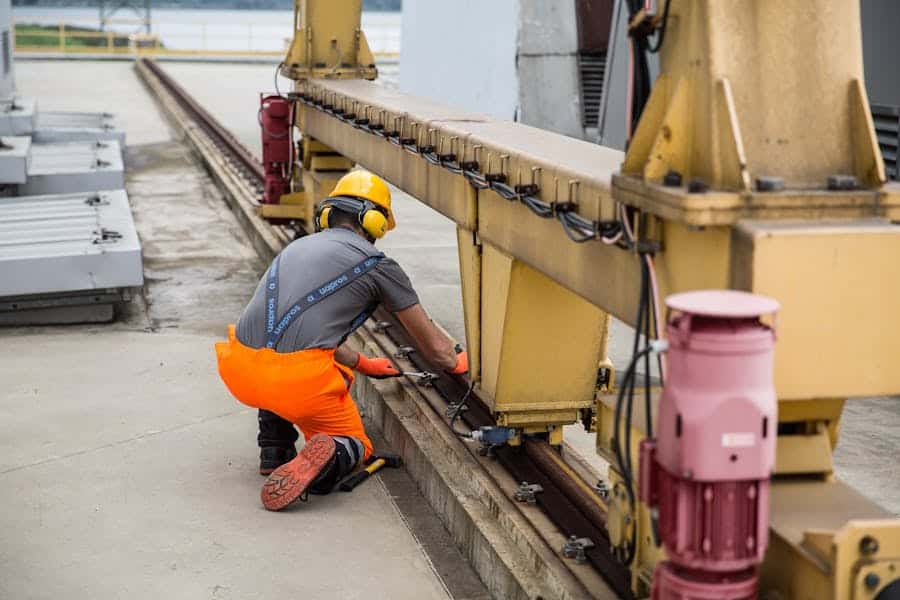Construction work in New York is tough, physical, and risky. The pace is fast. The pressure is constant. Whether it’s a high-rise, a renovation, or an emergency repair, the work doesn’t stop. And when something goes wrong, when someone gets hurt, it doesn’t just shake up the job. It turns life upside down.
Most people only see the headlines when an accident happens. But the story doesn’t end with a fall or an ambulance ride. That’s just the beginning.
What follows is often a long, frustrating, and exhausting journey, physically, financially, and legally. It’s a part of the story that rarely gets talked about. And for workers trying to keep their lives on track after getting hurt, it can be the hardest part.
The First Hours Are Full of Uncertainty
In 2023 alone, there were 841 construction-related incidents citywide, resulting in 692 injuries, a 25% jump from the previous year. Many of those injuries were slips, trips, or falls, the kind of accidents that should be straightforward to handle with a decent emergency response.
After an injury, the scene usually gets tense fast. There’s confusion. People may not know who’s supposed to call for help, or whether the site has proper first aid. On some jobs, especially where safety protocols are loose, injured workers are told to rest, stay quiet, or wait and see when they should be getting medical attention immediately.
The stress kicks in quickly. Questions start piling up—how bad is it? Can work continue? Should someone report this? It’s a blur, and in many cases, there’s no clear support system to guide what happens next.
Recovery Takes More Than a Doctor Visit
Getting hurt on a job site isn’t just about broken bones or bruises. Recovery is usually longer and harder than expected.
It might start with emergency care, but for many, the road continues through weeks or months of follow-up appointments, physical therapy, and pain management. Some injuries never fully heal. Others leave lasting limitations.
And beyond the physical recovery, there’s the mental weight. Being stuck at home, uncertain about work, worried about bills—it wears people down. Anxiety and depression aren’t uncommon, but they often go unspoken.
This isn’t just about getting patched up. It’s about trying to hold together a life that’s suddenly off balance.
The Money Situation Gets Tight Fast
Even with workers’ compensation in place, the financial impact shows up quickly.
The payments that do come through are usually less than what the worker earned on the job. Sometimes they’re delayed. Other times, they’re tied up in red tape or incomplete paperwork.
At the same time, everyday costs don’t take a break. Rent, groceries, medical bills, transportation, it all adds up. Some injured workers rely on savings. Others take out loans. Many families just try to stretch what little they have.
In a city like New York, where living costs are already high, even a short gap in income can turn into a serious crisis.
Legal Options Are There, But Often Overlooked
Most people know about workers’ comp. Fewer know that some construction injuries qualify for legal action beyond that, especially when a third party, like a subcontractor or property owner, plays a role in what happened.
That’s where personal injury law comes in.
This isn’t about suing a boss or burning bridges. It’s about getting a real look at what caused the injury and figuring out whether more help is possible, financially and otherwise. A Manhattan personal injury lawyer can dig into the details, explain options, and build a case when one exists.
Many lawyers handle these cases on a contingency basis, which means no upfront cost to the worker. Still, a lot of people never make the call out of fear, confusion, or the assumption that nothing can be done.
That’s a missed opportunity. In many cases, a conversation with a lawyer could make a huge difference in someone’s ability to recover and move forward.
Going Back to Work Isn’t Guaranteed
Even when the healing is going well, some injuries make it hard or impossible to return to the same kind of work. Heavy lifting, long hours on foot, or climbing ladders may no longer be safe.
For a lot of workers, this means starting over in a new field. But that’s not easy. There’s not always access to training. And replacement jobs may pay far less than construction.
This part of the story often gets skipped. But for the people living it, it’s one of the most painful pieces. Not just the lost income, but the lost routine, purpose, and identity tied to the work itself.
There’s Still a Long Way to Go
Construction is booming in New York. New buildings are going up across all five boroughs. But safety enforcement hasn’t always kept up.
Too many job sites still cut corners. Some rush deadlines. Others skip training or ignore safety rules entirely. And workers often feel pressure to stay quiet even when conditions feel dangerous.
Change isn’t just about more rules. It’s about stronger inspections, real consequences for violations, and better access to support after something goes wrong. Injured workers shouldn’t have to fight for basic care and information.
Final Thoughts
A construction injury in New York doesn’t end with stitches or a cast. It comes with weeks or sometimes years of trying to piece everything back together. There’s pain. There’s paperwork. There’s financial stress, legal uncertainty, and fear about what comes next.
But knowing what to expect and where to turn can make a hard road a little more manageable. Whether it’s getting proper medical care, exploring legal options, or simply having someone explain the next step clearly, that support matters.
Thousands of workers help build New York every day. When one of them gets hurt, the system should work just as hard for them as they do for the city.


